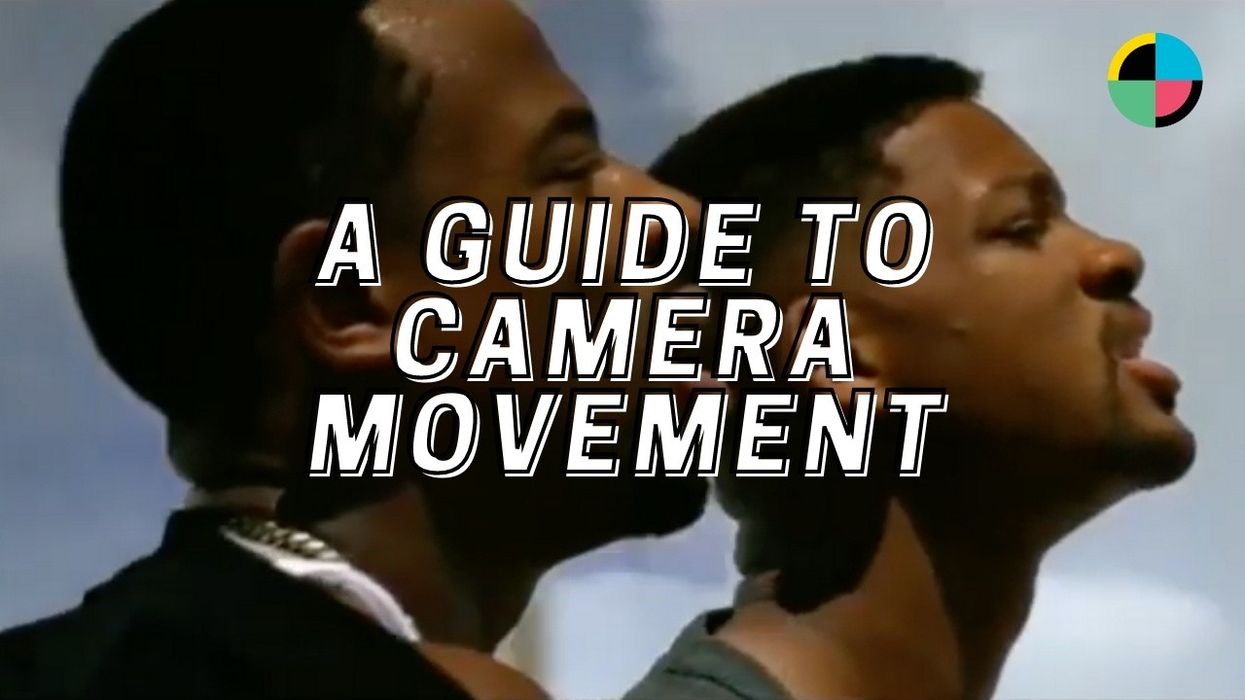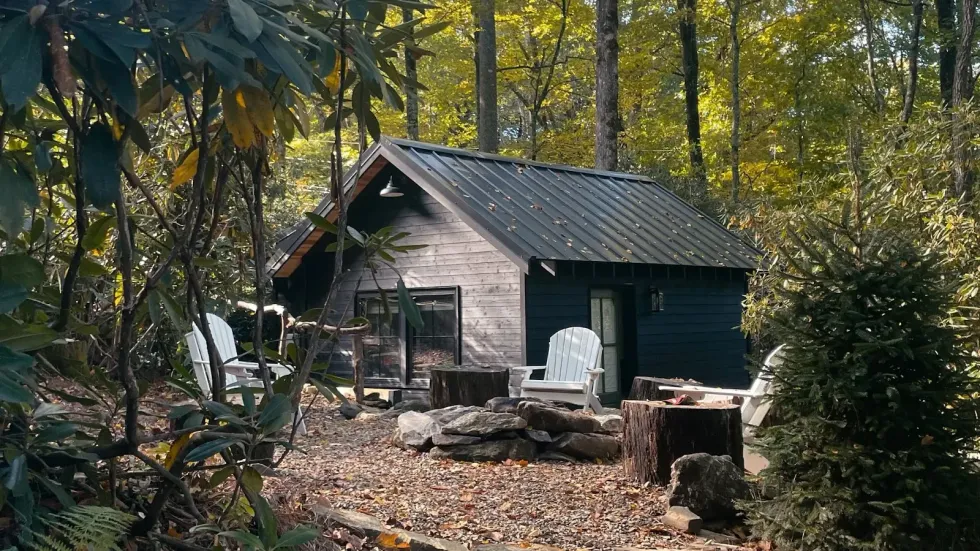An Evergreen Guide to Camera Movement
Learn all about the camera movements that make your storytelling skills shine.

You know the old saying—filmmaking is a visual medium. That means that every shot within your work has a meaning and a reason behind it. And it's not just the way you compose shots, but the movement behind each shot, as well.
Well, what are the different types of camera movements? And how do they affect the way we feel about each scene or shot?
Today, we're going to go over these kinds of ideas and look at a few examples of camera movements you can master and use to get the audience to feel the way you want and truly wrap them up in the story you're trying to tell.
Let's get started.
Camera Movements
We tend to only focus on the most famous of camera movements, the oner, but there are lots of other camera movements that directors and cinematographers employ to set the tone of the film or television show and to get coverage of every scene.
Let’s go over a few of them.

Static / Fixed Shot
A shot where the camera does not move. This gives the effect of stasis, which can set up where we're going or give us a window into what is happening.
Example: The wide shot in Lawrence of Arabia where we see a rider come toward us is a static shot.

'Lawrence of Arabia'
Columbia
Zoom Shot
The camera's lens is adjusted to increase or decrease the camera's field of view, magnifying a portion of the scene without moving the camera. This can pull us into or back from the action. It allows the audience to feel like we are coming and going. It can also change our perception of the scene as more information is revealed.
Example: Stanley Kubrick's Barry Lyndon uses zooms to take us into and out of the personal reactions of characters. And it delivers information to the audience as well.
Pan Shot
The camera rotates from side to side so that it aims more to the left or right. The camera does not change the location. This can change the focus of the audience from one item to another, or reveal new information. It can also establish an eyeline of a character.
Example: Hitchcock pans along with Tippi Hedren's character in The Birds as she enters and exits the school house.
Tilt Shot
The camera rotates to aim upward or downward without changing the location. Tilt is sometimes called "pitch" of the shot. It can show us a reveal of something or establish character and their status in a scene.
Example: In Avengers, we get a tilt up to reveal Captain America in his suit, establishing his power and leadership in the scene.
Swish Pan / Whip Pan
A whip pan is a type of pan shot in which the camera pans so quickly that the picture blurs into indistinct streaks. Wes Anderson, Paul Thomas Anderson, and Damien Chazelle love these. They add to the frenetic quality of a scene, instantly amping up pacing and exciting the audience.
Example: This supercut of whip pans in Wes Anderson movies shows how the director uses them to establish place as well as keep the story moving.
Swish Tilt Shot
The camera rotates to aim upward or downward without changing the location at a fast speed. It can be used to direct our attention or make us have to refocus on the area of story in which we're now involved.
Example: When Superman takes off, we swish tilt upward to see how fast and how far he's gone.
Tracking Shot
The camera moves and follows a subject. This adds motion and can charge a scene with purpose. We are imbued with the character's emotion while walking.
Example: In John Wick, this silenced pistol fight tracks with both these characters as they try to kill one another.
Crab Shot
Here's a super technical term. It's a version of tracking, trucking, and dollying. This is side-to-side movement at a constant distance from the action at hand. It will imbue the feeling of the actor we're following, whether a chase or a saunter.
Example: In Jackie Browne, we crab beside Jackie as she nonchalantly returns from a trip, unbeknownst to us she's carrying drug money.
Arc Shot
An arc shot is a camera move around the subject, somewhat like a tracking shot, where the camera moves in a rough semi-circle around the subject. Michael Bay loves these shots. This allows the audience to take a beat and synthesize information as the characters in the story do.
Example: This shot from Bad Boys allows an introduction to the characters as they understand the stakes of the world.
The Oner, or Long Take
A one-shot or continuous shot feature film is a full-length movie filmed in one long take by a single camera or manufactured to give the impression it was a singular action. This allows us a unique window into the character's perspective as we travel with them for an elongated take in real-time. We get information art the same rate as they do and we get a perfect window into their world.
Example: This oner from Boogie Nights introduces us to the swinging '70s and the nightlife it has to offer.
Summing Up Camera Movements
As you can see, mastering these basic camera movements can help you impart lots of focus and feeling onto the audience watching your work. Whether you're trying to be an auteur filmmaker, a landmark cinematographer, or you just want to call out the right shots in your writing, knowing complex camera movements helps you understand the cinematic language at play.
Check out our guide to types of film lights, film lighting techniques, and of course composition for beginners!
If you are looking for advice from the masters, look no farther than Steven Spielberg's 10 filmmaking tips, or these 6 Coen brothers quotes to inspire your process!













